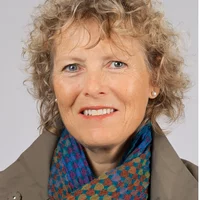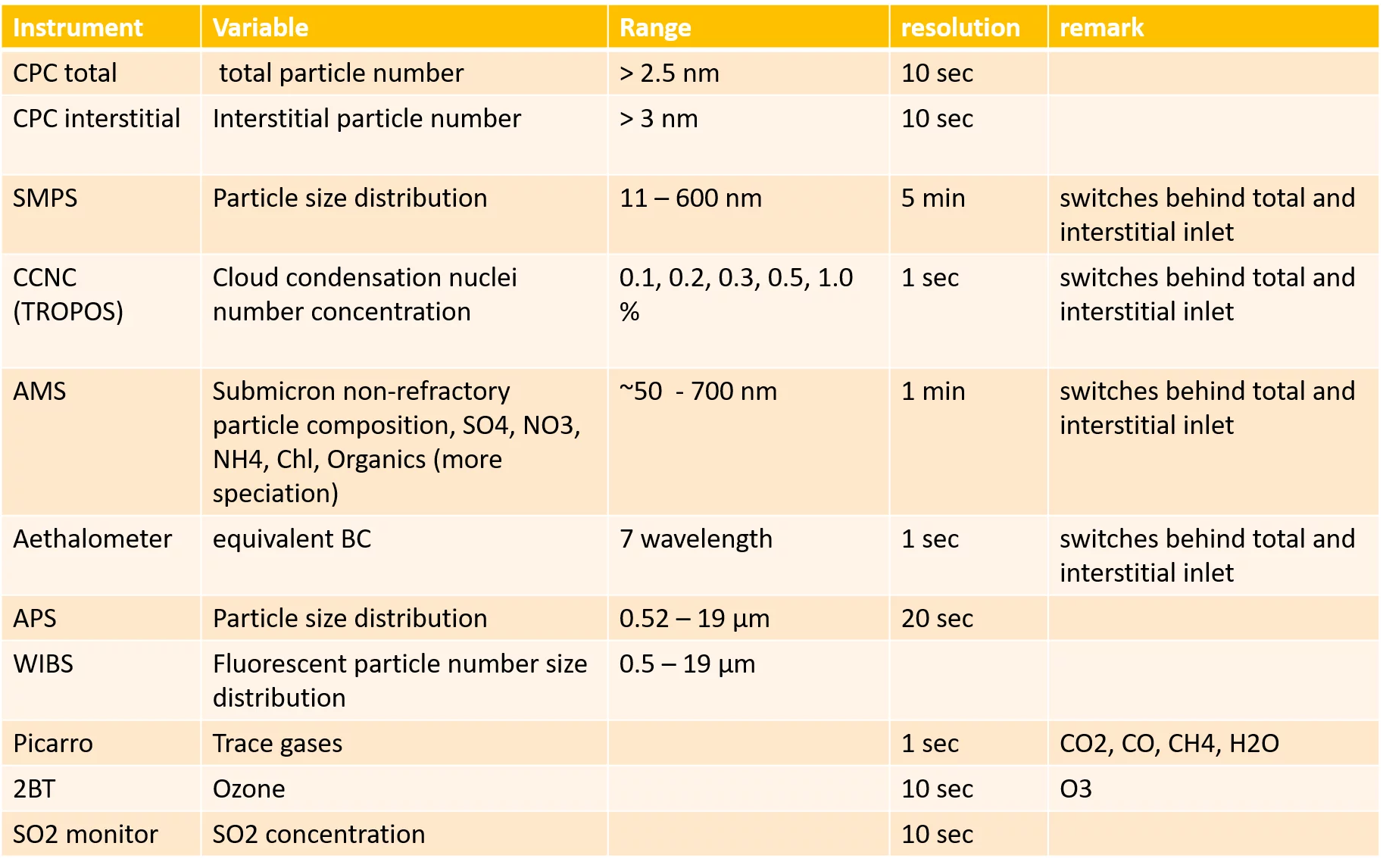Duration: 2019 - 2020
Contact: Julia Schmale, julia.schmale@psi.ch
From September 2019 to October 2020 the icebreaker Polarstern of the Alfred Wegener Institute will drift through the Arctic Ocean as platform to facilitate interdisciplinary studies of the Arctic climate system. The mission is called "Multidisciplinary drifting Observatory for the Study of Arctic Climate" - MOSAiC. At the center of scientific activities are investigations of the sea ice, ocean, atmosphere, ecosystem and biogeochemistry.
The contribution of our project MBRACE, which stands for "Measurement-Based understanding of the aeRosol budget in the Arctic and its Climate Effects", aims to improve our understanding of how natural and anthropogenic particulate matter and trace gases contribute to cloud formation in the Arctic. Clouds are an important element in the surface energy balance of the high Arctic and have a net warming effect.
Interested in stories from the icebreaker?
Follow our blog, updated each month by the person onboard Polarstern: https://www.psi.ch/de/lac/mosaic-blog, and the University of Helsinki, INAR, facebook page: https://www.facebook.com/PolarYear/
Or check out the media:
20.09.2019: SRF Tagesschau
20.09.2019: PSI Blog (German)
18.09.2019: NZZ article
Scope of project
Outline
Low-level clouds have an important effect on the surface energy budget in the Arctic. Their lifecycles and warming and cooling effects over the central Arctic Ocean remain unclear, and models fail to correctly simulate them. This shortcoming is partly due to insufficient information on cloud phase (liquid and/or ice crystals). Particularly liquid droplets modulate cloud radiative properties responsible for warming. Droplets form on cloud condensation nuclei (CCN), a subset of aerosol particles. Aerosol particle concentrations over the central Arctic Ocean can be extremely low such that cloud properties are strongly influenced by CCN availability, and in extreme cases cloud formation is even inhibited. Information on aerosol is scarce for all seasons in the high Arctic, but in particular for the cold and dark period when clouds have a pronounced warming effect. To date, only information from land-based stations further south provide proxy information on central Arctic Ocean aerosols in winter.
We will use the unique field experiment Multidisciplinary Observatory for the Study of Arctic Climate (MOSAiC) to elucidate sources and properties of aerosols in the central Arctic Ocean and their interactions with clouds. We run a laboratory container with state-of-the-art aerosol instrumentation, including high-resolution mass spectrometers, to study new particle formation (NPF, see project on “Formation of secondary nano-sized aerosol particles from atmospheric trace gases and ions in the polar marine environment” by T. Jokinen and M. Sipilä, University of Helsinki), particle growth, the chemical composition of the particles, and activation of particles to cloud droplets. We operate the instrumentation behind a total inlet that captures particles and droplets, and an interstitial inlet which captures only particles that are unable to form cloud droplets.
Our contribution will be central to understanding the radiative effects of clouds in the Arctic and their natural and anthropogenic drivers.
Objectives
Our guiding research questions are as follows:
- What are the contributions of natural versus anthropogenic sources to central Arctic Ocean CCN concentrations and how do they vary throughout the seasons (e.g. full sea ice cover in winter vs marginal ice zone in summer)?
- How important growth of newly formed particles for the CCN budget?
- Which key natural processes are likely to change the CCN budget and control cloud properties with global warming (e.g., diminishing sea ice)?
- How strongly are liquid cloud radiative properties controlled by availability of CCN throughout the seasons?
- What are natural sources of aerosol in general and CCN in particular during polar night?
With our dataset, we will shed light on the contribution of anthropogenic emissions that are not greenhouse gases to Arctic warming through cloud formation, characterize for the first time aerosol-cloud interactions during Arctic winter, and help to evaluate and improve models for better predictions of Arctic climate change and its far-reaching consequences.
Expected results
Basic results include:
- high-resolution time series of total particle number concentration, particle number size distribution (15 nm – 19 µm), cloud condensation nuclei number concentration at various supersaturations, aerosol chemical composition including equivalent black carbon, sulfate, nitrate, ammonium, organics, methanesulfonic acid (MSA) and chloride, fluorescent particle number concentration amongst other,
- Difference between number concentrations, size distribution and chemical composition of the particles that are able to activate as cloud droplets and those that are not,
- Time series of trace gases such as CO2, CH4, O3, CO and SO2
More specific expected results are:
- Determination of the peak supersaturation of clouds and the ability of particles to activate as cloud droplets (from the total and interstitial inlets)
- Source apportionment of the aerosol population as a whole and of the CCN population specifically, e.g. anthropogenic origin, marine secondary organic aerosol (MSA), marine primary aerosol (sea salt, organics)
- Contribution of special events to the aerosol population and their importance for the overall particle budget, e.g. opening of a lead, snow storms, phytoplankton blooms
- Seasonal variations of various aerosol characteristics
- Contribution of biogenic fluorescent particles
- Potentially an estimation of how much the exhaust from Polarstern influence cloud droplet number concentrations
Data Management
Data are saved automatically to the PCs of the Swiss aerosol container lab. They will be backed up on Polarstern and at several servers at the participating institutions after each leg. Processed data is generally stored on the servers of the participating institutions, final data will be uploaded to an open access repository such as PANGEAE.
Instruments
Team
This is a collaboration between the Laboratory of Atmospheric Chemistry at PSI and the Institute for Atmospheric and Earth System Research (INAR) at the University of Helsinki.
PSI: Ivo Beck, Julia Schmale
INAR: Lauriane Quelévér, Tiia Laurila, Tuija Jokinen, Zoe Brasseur, Mikko Sipilä


